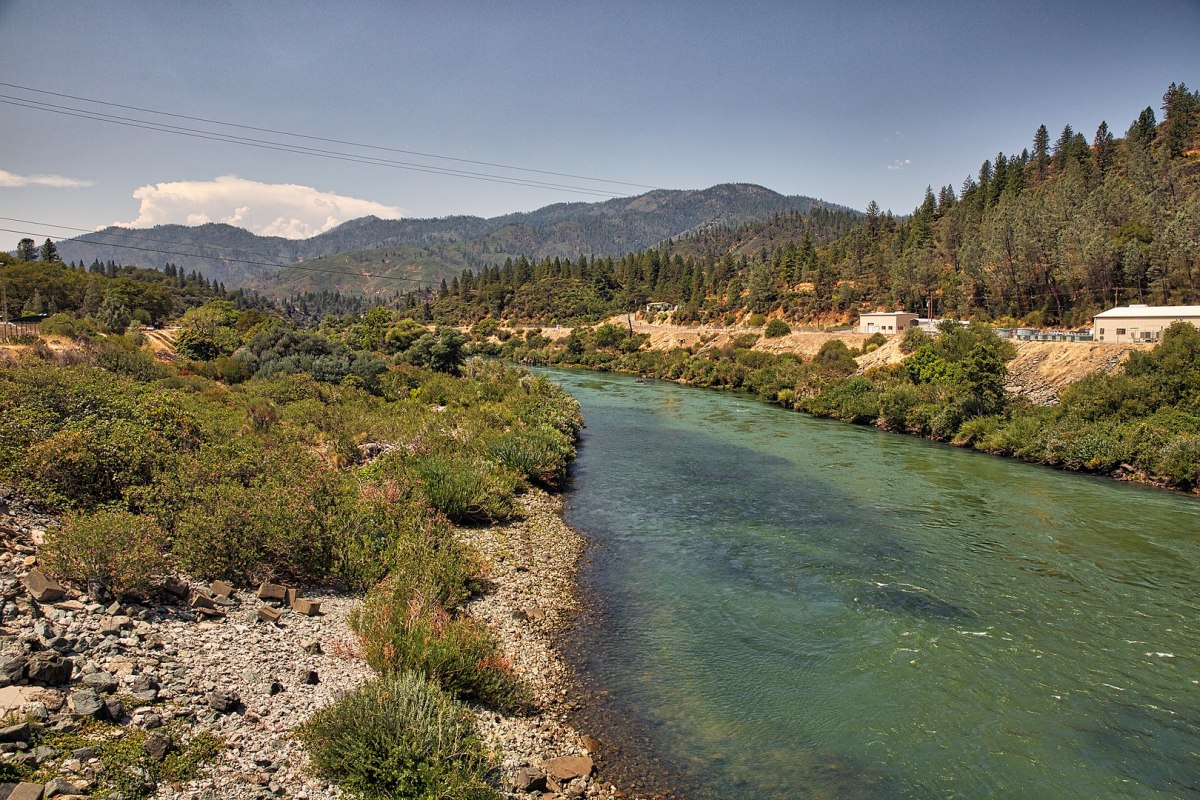This year saw the western United States experience an ominous abundance of drought conditions. It’s another reason to be concerned about climate change — as well as a harbinger of the fact that water rights are going to be increasingly important in the coming years. (Cue a growing sense that Paolo Bacigalupi’s novel The Water Knife is going to read like nonfiction before long.)
Both water rights and how that water is used will be playing a much larger role in local politics in the near future. But there’s an alarming addendum to that — namely, the methods by which records of water rights are kept and maintained. As a new Los Angeles Times story reveals, California’s system of keeping track of them hasn’t been updated in a very long while.
The article opens with a description of the California State Water Resources Control Board, where one analyst is described as “a custodian of millions of pieces of paper” — some of them over a century old. Some water claims date back to the days of the gold rush, and the lack of a standardized system makes it especially hard to work out certain rights issues.
This system might end up modernized before long; the article notes that California’s budget allocated $33 million to modernize the system this year. But implementing that will still take plenty of time and labor, especially at a time when water rights are increasingly important. If it can be accomplished, this feat could offer a better picture of the state’s environmental history — but that remains a big if.
Thanks for reading InsideHook. Sign up for our daily newsletter and be in the know.


















